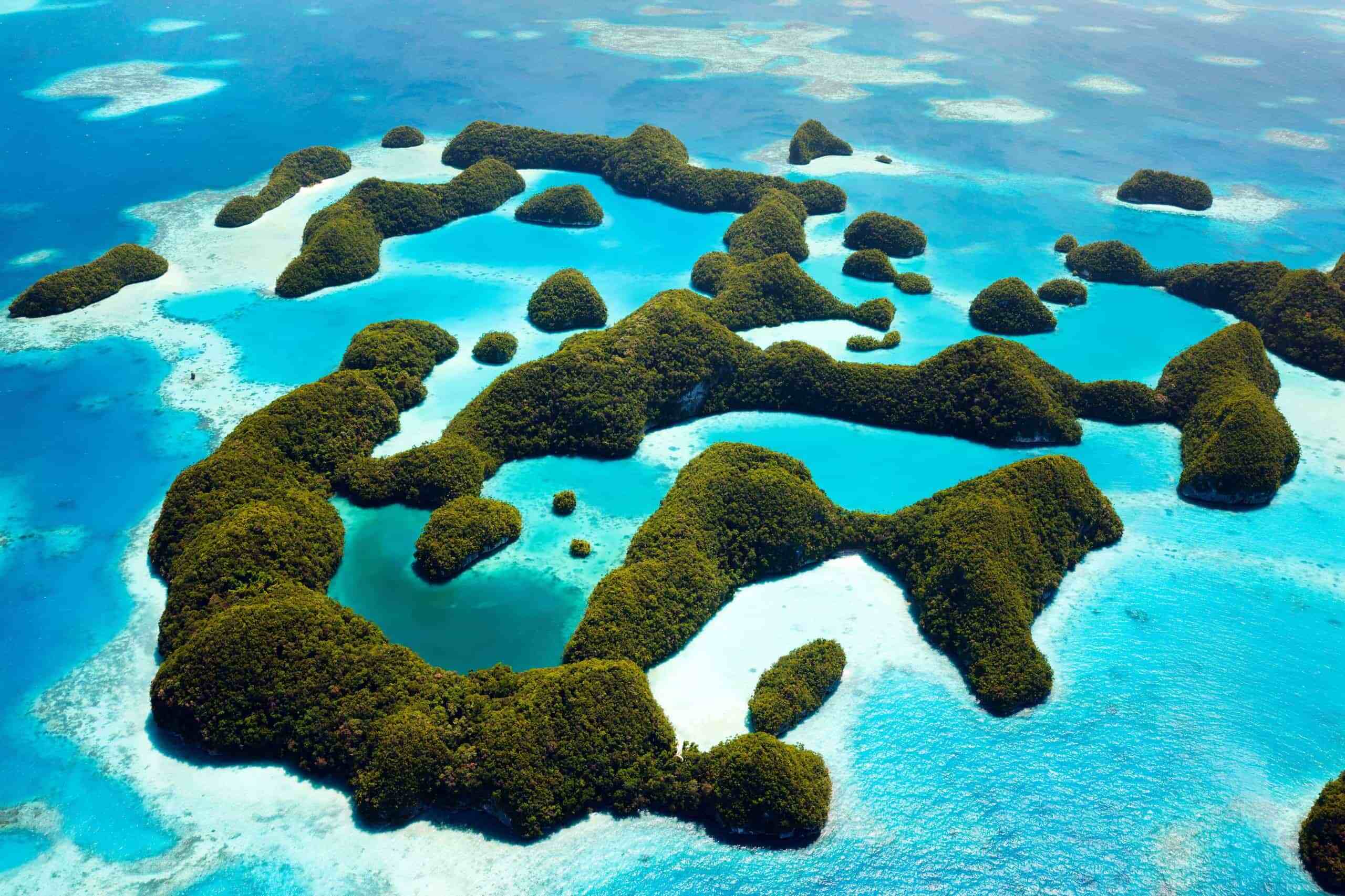
Micronesia is a fascinating region in the western Pacific Ocean, known for its stunning islands, rich culture, and unique history. But what exactly makes this place so special? Micronesia consists of thousands of small islands scattered over a vast area, each with its own charm and story. From ancient ruins to vibrant marine life, there's so much to learn about this hidden gem. Whether you're a history buff, nature lover, or just curious about new places, these ten facts will give you a deeper understanding of Micronesia. Ready to dive into the wonders of this incredible region? Let's get started!
Key Takeaways:
- Micronesia is a diverse region with over 2,000 islands, each offering unique landscapes and cultural experiences. From ancient cities to traditional navigation, there's so much to explore and learn about in this fascinating part of the world.
- The wildlife in Micronesia is truly special, with rare bird species and vibrant marine life. Its history, including significant events from World War II, adds another layer of intrigue to this captivating region.
Micronesia: A Unique Pacific Region
Micronesia, a subregion of Oceania, consists of thousands of small islands scattered across the western Pacific Ocean. Known for its rich culture and stunning landscapes, Micronesia offers a fascinating blend of history, nature, and tradition.
Geographic Diversity
Micronesia's geography is as diverse as it is beautiful. From coral atolls to volcanic islands, this region has it all.
-
Micronesia comprises over 2,000 islands. These islands are spread across a vast area of the Pacific Ocean, covering more than 2.6 million square miles.
-
The region includes four main island groups. These are the Caroline Islands, Gilbert Islands, Mariana Islands, and Marshall Islands.
-
Pohnpei is home to the ancient city of Nan Madol. Often called the "Venice of the Pacific," Nan Madol is a series of artificial islands linked by canals.
Cultural Richness
The cultural tapestry of Micronesia is woven with traditions, languages, and customs that have been passed down through generations.
-
Micronesia has eight official languages. These include English, Chuukese, Kosraean, Pohnpeian, Yapese, Ulithian, Woleaian, and Nukuoro.
-
Traditional navigation skills are highly valued. Micronesian navigators use stars, ocean swells, and bird flight patterns to travel between islands without modern instruments.
-
The region celebrates numerous festivals. Events like the Yap Day and Liberation Day showcase traditional dances, music, and crafts.
Unique Wildlife
Micronesia's isolation has led to the evolution of unique flora and fauna, many of which are found nowhere else on Earth.
-
The islands are home to the Micronesian Kingfisher. This bird, with its striking blue and orange plumage, is critically endangered and found only on a few islands.
-
Micronesia boasts diverse marine life. The coral reefs around the islands are teeming with species like manta rays, sharks, and sea turtles.
Historical Significance
Micronesia has a rich history that includes ancient civilizations and significant events during World War II.
-
The Battle of Peleliu was a major WWII conflict. This battle took place in the Palau islands and was one of the bloodiest in the Pacific theater.
-
Micronesia was part of the Trust Territory of the Pacific Islands. After WWII, the United Nations placed Micronesia under U.S. administration until it gained independence in 1986.
Micronesia's Fascinating World
Micronesia's rich history, diverse cultures, and stunning landscapes make it a unique part of our world. From its ancient navigational skills to its vibrant festivals, this region offers a glimpse into traditions that have stood the test of time. The islands' natural beauty, with crystal-clear waters and lush greenery, provides a paradise for nature lovers and adventurers alike. Understanding Micronesia's past and present helps appreciate its significance on the global stage. Whether you're drawn to its historical sites, cultural practices, or natural wonders, Micronesia has something for everyone. So next time you're looking for an off-the-beaten-path destination, consider exploring this incredible region. You'll not only gain new insights but also create unforgettable memories.
Frequently Asked Questions
Was this page helpful?
Our commitment to delivering trustworthy and engaging content is at the heart of what we do. Each fact on our site is contributed by real users like you, bringing a wealth of diverse insights and information. To ensure the highest standards of accuracy and reliability, our dedicated editors meticulously review each submission. This process guarantees that the facts we share are not only fascinating but also credible. Trust in our commitment to quality and authenticity as you explore and learn with us.


